I have an unusual relationship with the Hudson River Valley. As an adult living in New York City in the 1970s and ‘80s, the Hudson River formed the ever-present Western border of Manhattan. But even as a child living in the outskirts of New York City, the Hudson was still a presence. When life handed my mother more than she could handle, she piled me — and sometimes my grandmother — into the car and we’d drive all the way up to Bear Mountain State Park. That’s four hours, round trip, from Massapequa. We’d go for lunch or even just for a soda. Sometimes, in the summer, we’d ride on the T-bar lift, which I’m pretty sure is no longer there. We’d breathe some mountain air (or Mom would, at least — grandma and I were always a bit confused) — and then pile in the car and drive back home before rush hour.
Just 90 miles north of New York City in the Hudson River Valley lies the picturesque State University of New York college town of New Paltz. I know . . . they’re all quaint. They’re all picturesque. Back in the Stone Age, I attended another SUNY school, Oneonta State, and swore that I woke to a painted backdrop each morning, it was that gorgeous. And if you’re a native New Yorker like I am, you probably have a special relationship with the Hudson River too, even beyond Pete Seeger and his efforts to clean it up. So when I had an opportunity to stay at the Mohonk Mountain House in New Paltz, tucked into the Shawangunk Mountains, I jumped at it.
I’d heard about the Mohonk Mountain House for years. My cousin Elissa, who attended SUNY New Paltz, never left the area after graduation, and she loves to go up and hike the grounds of Mohonk and visit the greenhouse and, if she can get a reservation, have lunch or tea in the dining room. So she planted the seed of wanting to experience this venerable institution, for which I am very grateful.
Tim and I made the trip from Salem, MA to New Paltz in early November, enjoying the nearly four-hour drive along the Mass Pike and then down the NYS Thruway. Fall was in an advanced state, but the trees still had some marvelous color on them and the air was crisp, but not terribly cold unless you were directly on or over the water. Which, at one point, we were. More on that later.
We met up with my cousin and toured
two of the homes either owned or inhabited by master painters of the Hudson River School. The first, Cedar Grove, was the home of Thomas Cole, widely considered to be the founder of the Hudson River School. Cole visited and painted at Cedar Grove in the town of Catskill for nearly ten years, beginning in 1825, and stayed there on a permanent basis after marrying one of the owner’s nieces. The property itself is quite lovely and began with a land grant in 1684; in 1815 the Thomson family built the Federal-style main house that is there today. Nothing fancy here, but the orientation of the house, affording a western view of the Catskills, was no doubt the inspiration for many of Cole’s masterpieces. His studio — “where American art was born,” according to the website — gave me goosebumps.
In a nutshell, the theme of the Hudson River School is Paradise Lost, so the bust of Milton in the Coles house came as no surprise. It’s all about nature and the landscape — man is insignificant and more often than not a destructive force. These painters saw God and spirit in nature and preserved it on the canvas. It was the era of Manifest Destiny, Westward Ho! and all that. America was on the move and the Hudson River School was there to capture the advance. For me, while I can appreciate the exaggerated majesty of many of the works, I think most of them need a cow. But I digress . . .
One of Cole’s students, Frederick Church, was a much better marketer of his work than Coles (who often resorted to painting portraits to earn extra money), and that is reflected in his opulent home in Hudson, New York called Olana. A Persian-inspired stone fortress overlooking the Hudson River, the Catskill Mountains and the Taconic Hills, Olana is a testament to Church’s ability to understand what the art buying public was interested in and giving it to them in spades. Widely traveled, he and his wife amassed collections of exotica and created a home that reflected their eclectic tastes. The grounds are spectacular and provide walking trails and inspiration around every turn.
That evening, we went into Kingston for dinner and the remarkable cuisine at Le Canard Enchaine, a French Bistro that has been rated by Zagat as “the best French restaurant north of Manhattan.” I couldn’t agree more. An intimate atmosphere greeted us — along with the chef — and, after a stellar appetizer of an endive salad with Roquefort and a mustard vinaigrette, Tim and I each had the cassoulet.
Those who know me know that I am not a big meat eater, although some fowl has its place in my diet. This cassoulet was so good, so well flavored, with more duck in it than my cousin’s entire duck entrée . . . it bested the one we had in the Marais years ago which has been our gold standard for cassoulet.
The next day we decided to experience the Walkway Over the Hudson, cited as one of the “Top Ten Ways to See Fabulous Fall Foliage in the Hudson Valley.” The Walkway extends 6,767 feet (1.28 miles) over the Hudson River, connecting Highland to Poughkeepsie, New York. It is the world’s longest pedestrian bridge and a Hudson State Historic Park. It was cold and windy out there that day, but the views were spectacular some 200+ feet above the river, and the autumn colors were gorgeous. The initiative was originally conceived as a way to turn an old abandoned railroad bridge into a pedestrian park; today it is a 501 ( c ) 3 working with the New York State Office of Parks, Recreation, and Historic Preservation, and creates a truly memorable experience.
Finally, it was time to put our heads down for the evening. Mohonk? Not just yet. I wanted to
experience a more down-to-earth place before I went to Fantasyland. So we stayed at the 26-room Minnewaska Lodge in the town of Gardiner. Built in 2001, the independent Minnewaska is situated amid 25,000 acres of park preserve — the Minnewaska State Park, the Shawangunk Mountains and the Mohonk Preserve — and its well-appointed rooms with oak Mission-style furniture and Arts and Crafts décor create a wonderful mountain retreat atmosphere. Except on the coldest days, you can even relax outside year-round in the red Adirondack chairs placed around a big fire pit.
If you’re a hiker, rock climber or general outdoor enthusiast just looking for a comfortable place to stay, the Minnewaska Lodge is for you. It’s a no frills, no special programs, no meals (other than a decent continental breakfast that featured local apples that weekend) kind of place, where you can relax among nature’s bounties in all four seasons. Just 75 miles north of New York City, this is a great choice for a Hudson Valley retreat. And the staff was superb. Remember the world’s best cassoulet from the night before? Well, since neither of us could finish our portions, we brought them to the front desk and asked if we could use their microwave to heat them up. They did better than that: Krystal heated them for us and served them on real china with real flatware and sent us back to our room to enjoy a wonderful repast, just as good the second night.
The next morning, after a very good night’s sleep in Minnewaska’s comfortable beds, we headed over to New Paltz and the Mohonk Mountain House. I’ll admit, it was a little intimidating stopping at the gatehouse to give our name in order to gain entry. Twin Quaker brothers, Alfred and Albert Smiley, took over the hotel in 1869 (the Smiley family still runs the place today), and built it up to the point where it is now a National Historic Landmark Resort. And its eco-friendly 30,000-square foot spa wing, built in 2005, was named the #1 Resort Spa in the United States by Condé Nast Traveler this year. (If my 80-minute Mohonk Muscle Rescue is any indication of the rest of their services, they’ll be highly rated for years to come.)
The year-round resort, one of the Historic Hotels of America, runs on the Full American Plan, meaning that you get all three meals, plus afternoon tea and cookies, included in the room rate. So many activities are available (most of them free to overnight guests) that’s it’s hard to think about them all: there are 85 miles of hiking trails on the property, tennis courts, a golf course, swimming and boating, fishing, horseback riding, fitness classes and, of course, The Spa. Themed weekend programs are offered year-round — as they have been for over 100 years —and a regular array of evening lectures, movies, dances, musical events and storytelling is available. Kids are well cared for, too, through the Mohonk Kids’ Club for children ages 2 – 12.
The décor is unbeatable. Many of the Mohonk’s 259 rooms sport fireplaces and/or balconies and feature either Victorian, Edwardian or Craftsman styling. Mercifully, there are no TVs in the rooms, although they can be found in some of the public rooms. We were pleasantly surprised by the dining room, whose buffet breakfast and lunch were bountiful and whose dinner offerings were like those of a fine restaurant, with service to match. Despite the Quaker ownership, alcoholic beverages are now available in the dining room and also in the Carriage Lounge and Sunset Porch (in season) and our Alsatian Pinot Blanc was a real treat.
I wish we could have stayed longer than just one night, but work called and we had to get back. Mohonk has hosted presidents and world leaders, and in 1895 began a tradition of hosting the Lake Mohonk Conference on International Arbitration, a slightly different take on “peace conferences,” which lasted (ironically) until the world was called into the first Great War in 1916. They were attended by the likes of President William Howard Taft, Teddy Roosevelt and William Jennings Bryant as well as dignitaries from China, Japan, the U.K. and Mexico. Andrew Carnegie claims that it was his association with the Smileys and their Mohonk conference that led to the founding of The Carnegie Foundation for International Peace; Albert Smiley was one of Carnegie’s original trustees.
So, there you have it: a long and colorful history, outdoor activities, indoor relaxation, stimulation for the mind, good food and comfy beds. What more could you want in a weekend getaway? Or a week-long vacation? If you’re in New York City, it’s an easy jump up to the Hudson River Valley — and the New Paltz area is just one of the Valley’s three regions. There’s so much more to explore. But start with the Mohonk if you can. Like many before, you may never leave.
Buon viaggio!
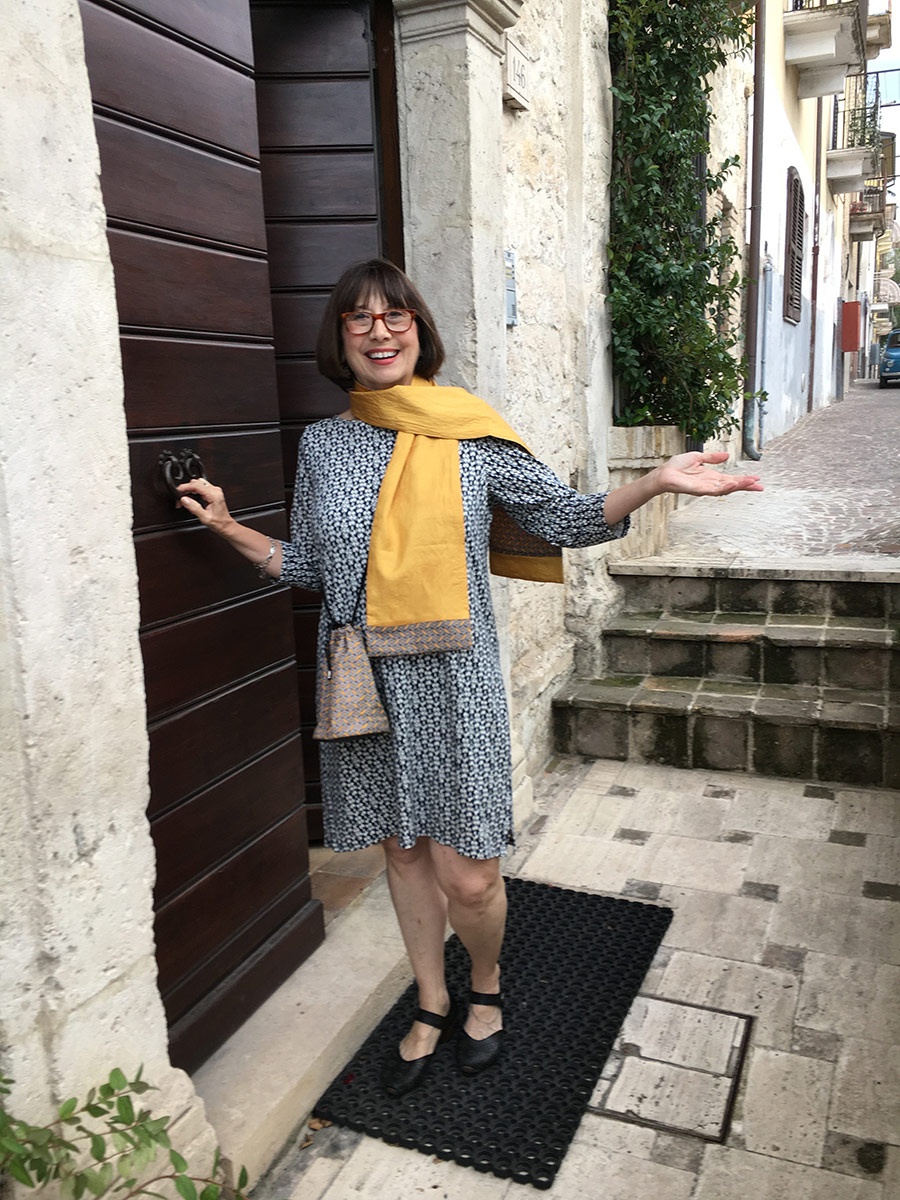
Linda Dini Jenkins is a card-carrying Italophile, travel planner, freelance writer, and amateur photographer. Travel is her passion, so writing about her travels just comes naturally. She hopes all her travelers find a way to express their joys, surprises, and fears as they travel and gives every traveler a nifty journal to help smooth the way. Learn more…
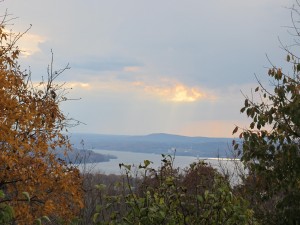
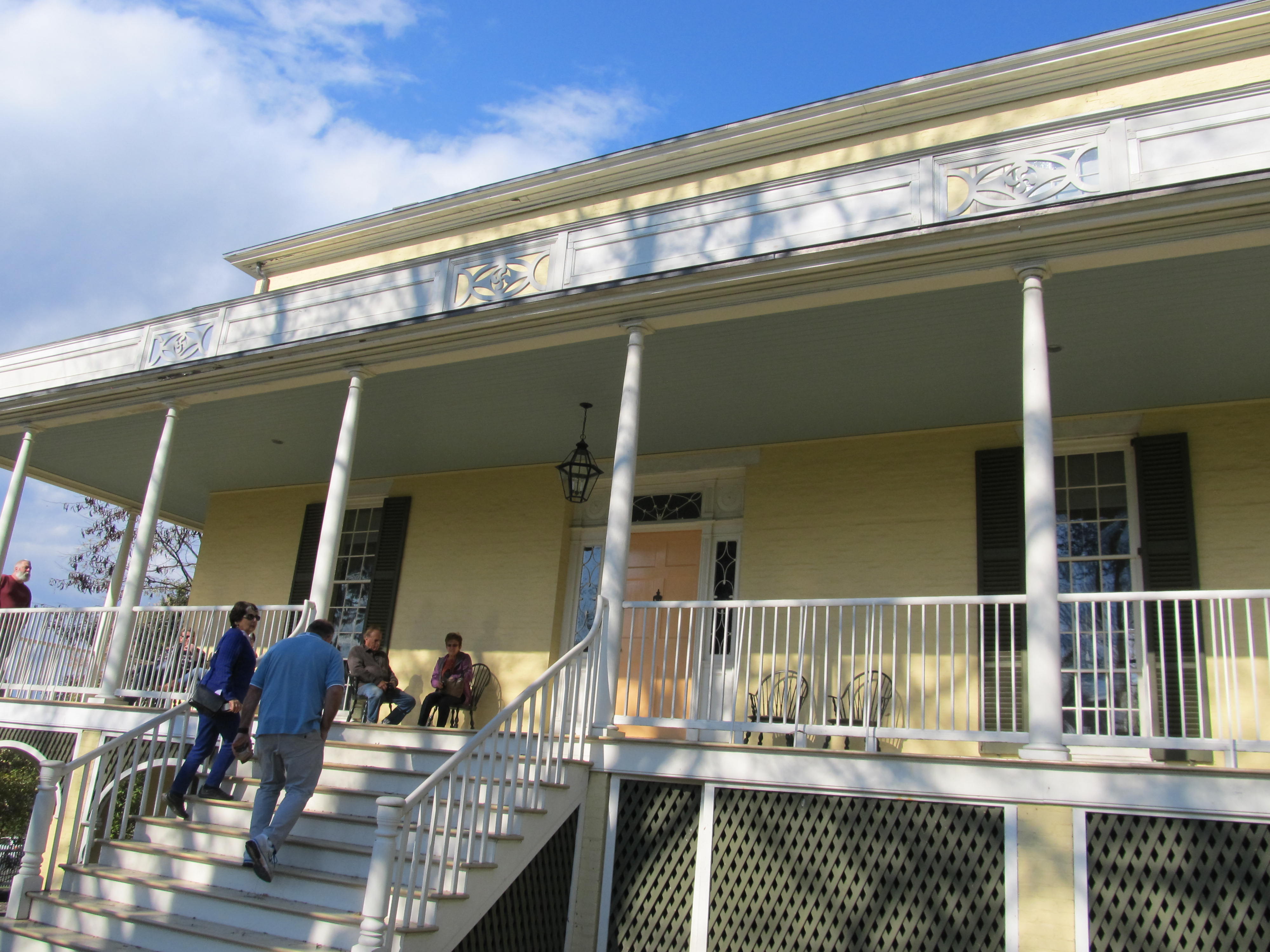
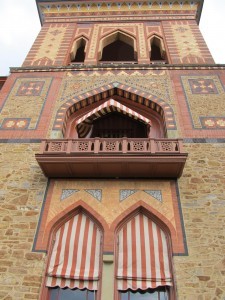
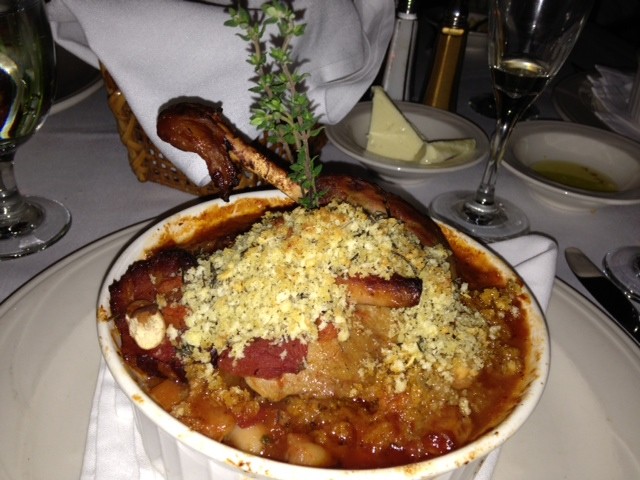

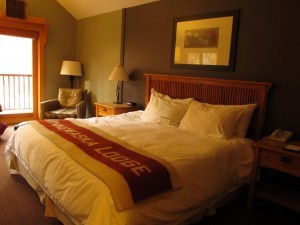
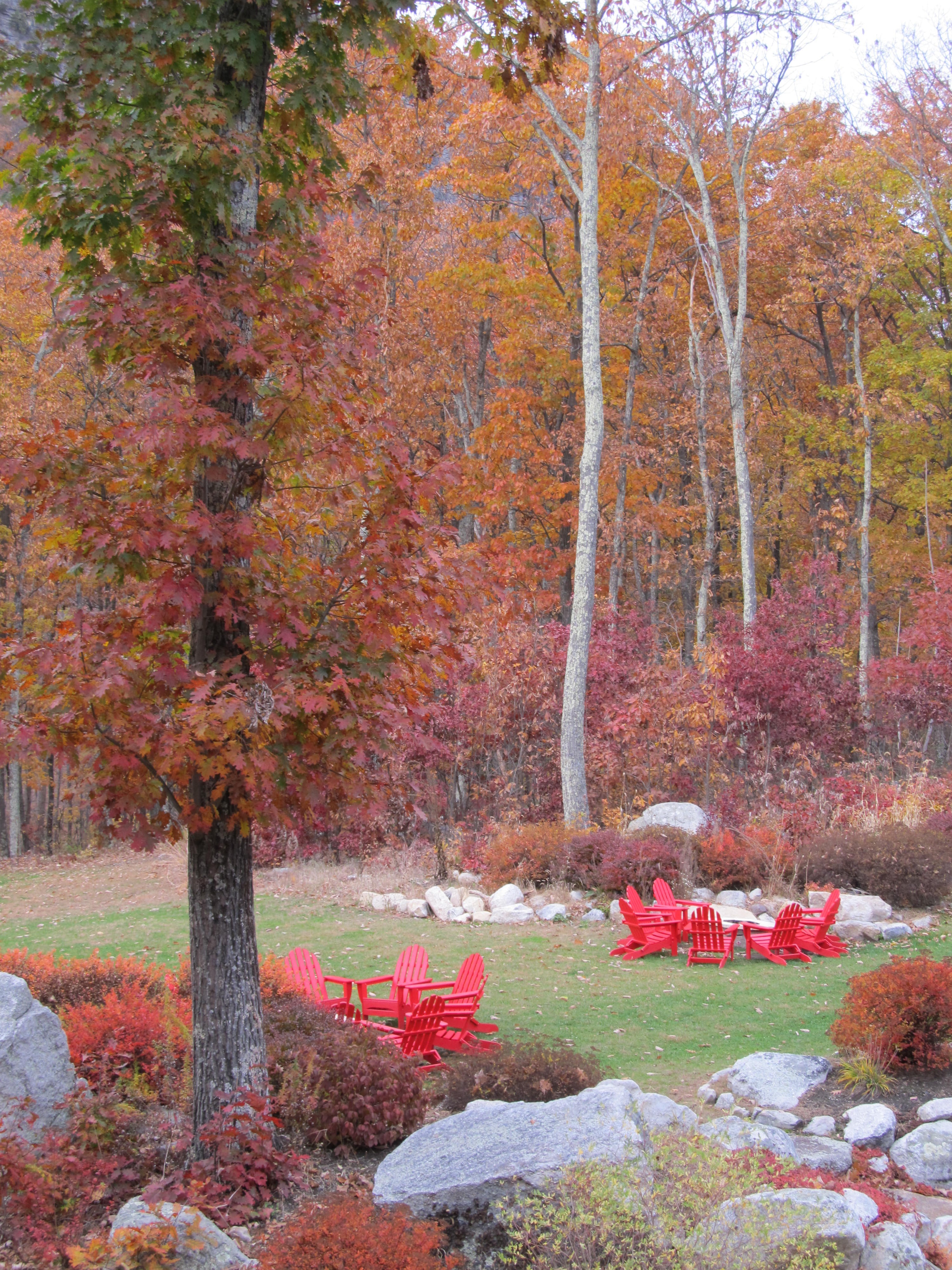
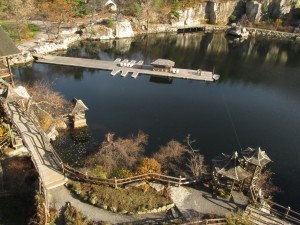
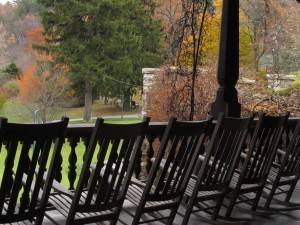
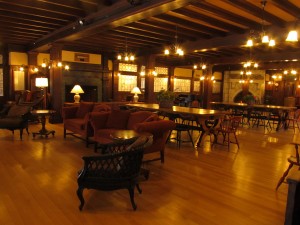
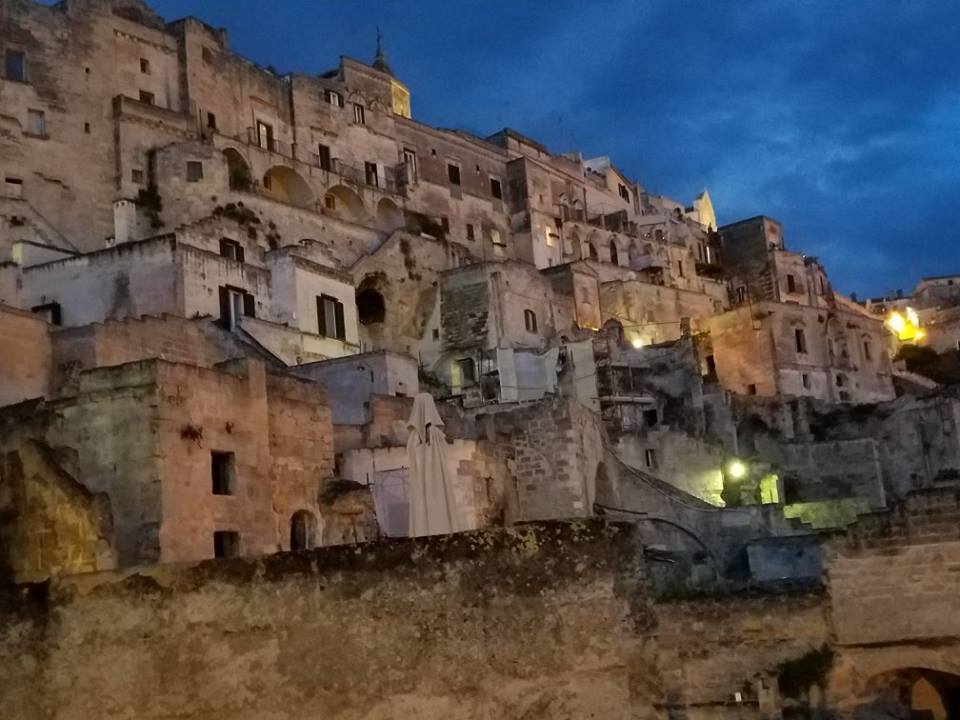
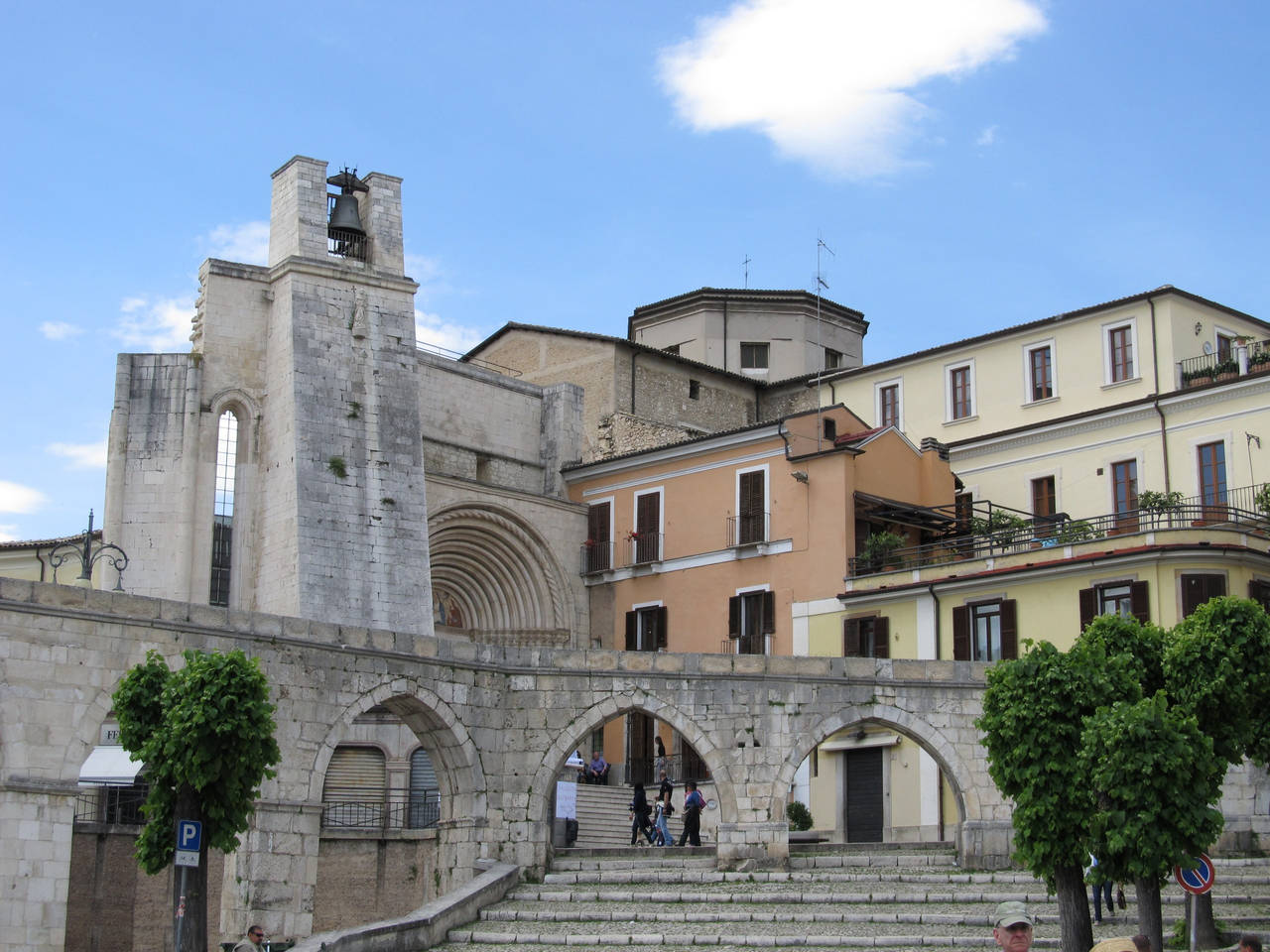

Recent Comments